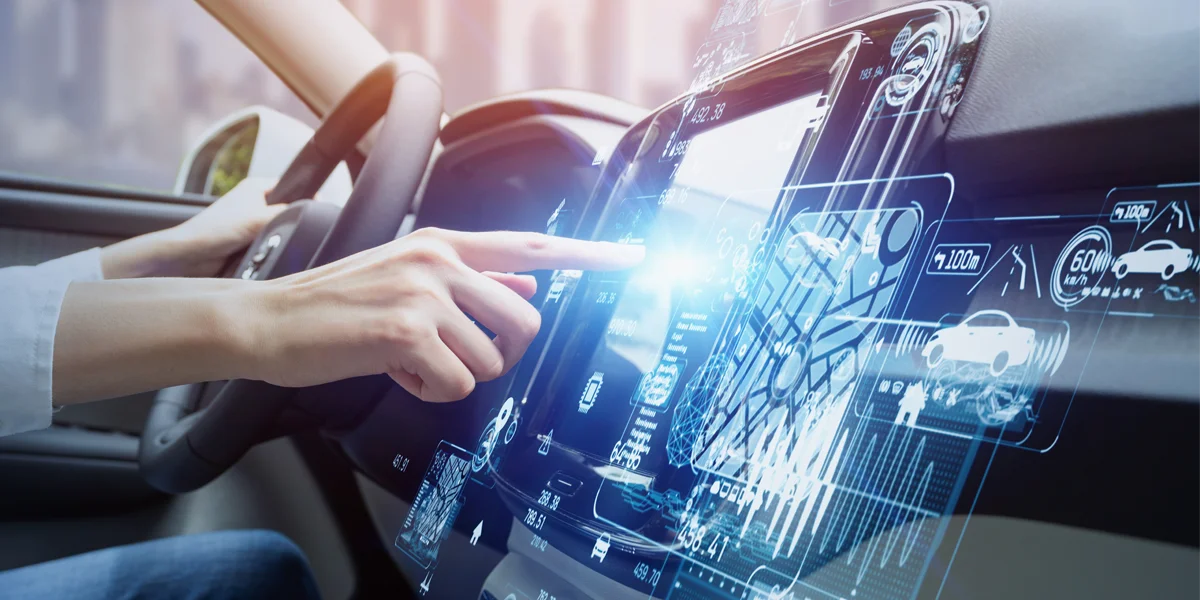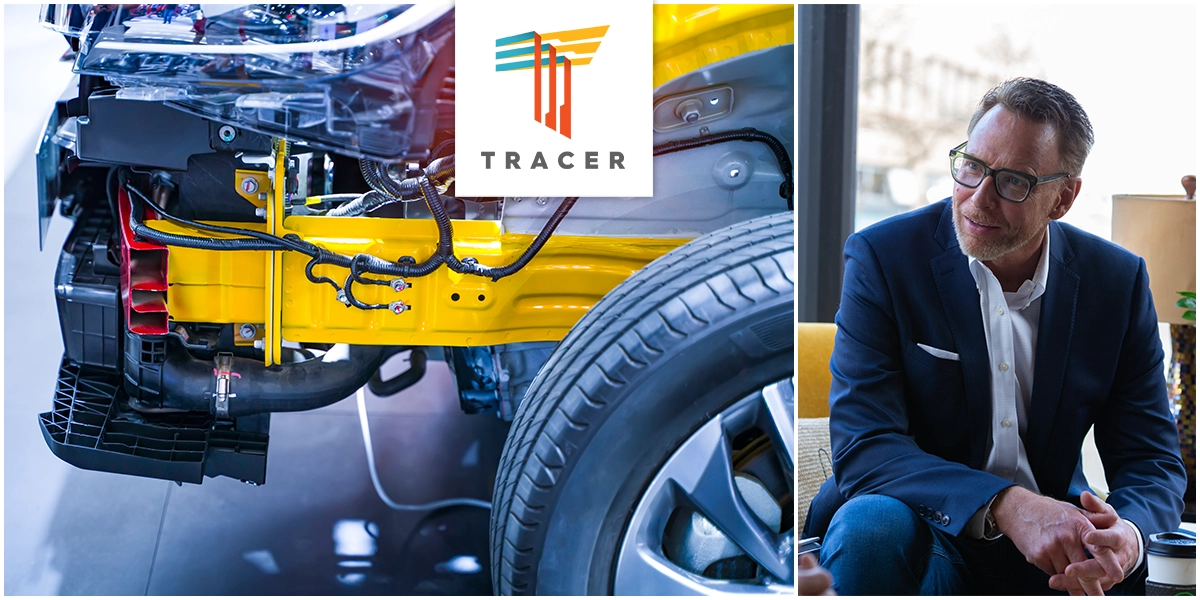In-Vehicle Help represents the next phase in product content evolution
In-Vehicle Help is a powerful concept that’s been with us for a full ten years. However, in virtually every respect, it is just now coming into its own. Over the last ten years, we’ve seen remarkable changes in the way consumers expect to interact with product content.
Product content began as static, printed manuals. Slowly it evolved into static 1:1 digital transfers of the same content. Longform content concurrently streamlined into brief, slimmed-down Quick Reference Guide (QRG) information. Inevitably, all linear product content—printed or digital—is giving way to dynamic, fully-interactive user experiences.
We’ve seen remarkable changes in the way consumers expect to interact with product content.
All of which makes this an interesting point in history for the teams at Tweddle Group. Our product developers pioneered in-vehicle help technology more than ten years ago and continue to play a significant role driving these advancements.
The History of In-Vehicle Help (IVH)
The initial goal was simple. Information content would support ease-of-ownership by delivering contextual information at the point of need. This would occur throughout the entire lifecycle of the vehicle. It began with the sale of the vehicle, where owner education and dealer training laid a strong foundation. It continued through years of ownership, where product understanding, maintenance, diagnosis, and warranty were the name of the game. Finally, it concluded with the end of ownership, closing the loop with owner retention programs.
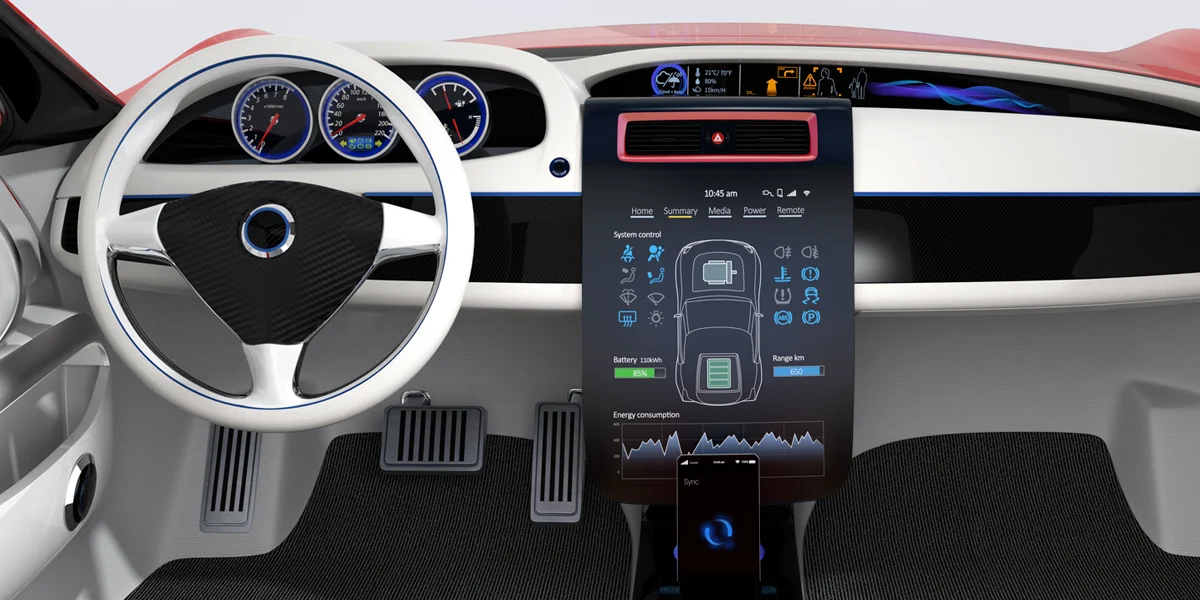 Tweddle Group developed a three-phase approach to allow for maximum flexibility as OEMs and customers adapted to new technologies.
Tweddle Group developed a three-phase approach to allow for maximum flexibility as OEMs and customers adapted to new technologies.
FLASHBACK, 2015: Tweddle Group Introduces IVH
In simple terms, our in-vehicle help delivery broke down into three methods:
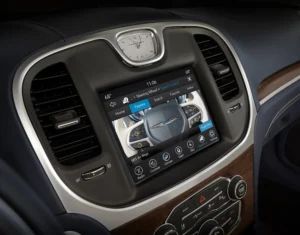
- Built-in: The IVH solution is built natively into the vehicle’s existing hardware platform
- Brought-in: The IVH content is brought into the vehicle through a connected smartphone device
- Beamed-in: The solution is delivered through a web browser and then rendered onto the vehicle screen
This approach proved successful for numerous OEMs.
Beginning in 2015, and see here to the right, Tweddle Group’s first IVH iteration supported approximately 2 million VINs per year. This covered various FCA brands, including Chrysler, Dodge, Jeep, and RAM.
Support for Maserati and Subaru followed in 2016. Projects with Ford and Honda were launched shortly after.
Why In-Vehicle Help Works
In-vehicle help content delivered through a built-in display is more immersive, interactive, and true-to-life. With the integration of high-definition graphics, augmented reality, and intuitive interfaces instructional content can mimic real-world scenarios.
While users may have found this mode of content delivery strange in 2015, today circumstances are different. Ten years of connected device have radically changed our relationship to the digital interfaces. A new generation of drivers have entered the marketplace free of technophobia. For these drivers, touchscreen information isn’t just acceptable—it’s preferable.
Customers are finally ready for IVH
This creates the ideal environment for OEMs and suppliers to drive these advances forward. IVH stands to enhance safety, product satisfaction, and the experience of vehicle ownership.
As printed materials gradually come to feel cumbersome and impractical, personalized digital information offers the ideal solution for both owners and manufacturers.
Gone are the days when drivers had to fumble through bulky manuals or search online forums to find essential information about their vehicles. By integrating content into the vehicle itself, drivers enjoy instant access to everything they need to know. From maintenance schedules, to troubleshooting to exploring advanced features, the integrated display screen becomes a comprehensive hub of knowledge. And this strengthens the personalized connection between driver and vehicle.
The Vast Potential of In-Vehicle Help
The interactive nature of in-vehicle display screen support represents an incredible opportunity to create a more meaningful support experience.
Instead of passively reading through static text drivers can interact with dynamic content such as instructional videos, interactive tutorials, and immersive simulations. This hands-on approach enhances understanding and makes the learning process more engaging and enjoyable for users of all levels of technical proficiency. And that builds brand loyalty like never before.
Imagine issuing a spoken request for specific information content—“how do I change a tire?” or “where is my oil cap”, for example—and receiving an immediate and automatic response. Imagine a system with contextual awareness, one that provides answers in the appropriate format depending on the situation—for example, answering audio-only if the user is driving, or providing a succinct video tutorial on the display screen if the driver is parked.
The Ideal Technology for Electric Vehicles
With the advent of electrical vehicles, the need for advanced help systems becomes paramount, providing new opportunities to guide the user toward best practices. We might show them how to maintain the health of the battery subsystem, how to optimize the charging schedules, how to take advantage of various utility programs or how to use the battery to power their home.
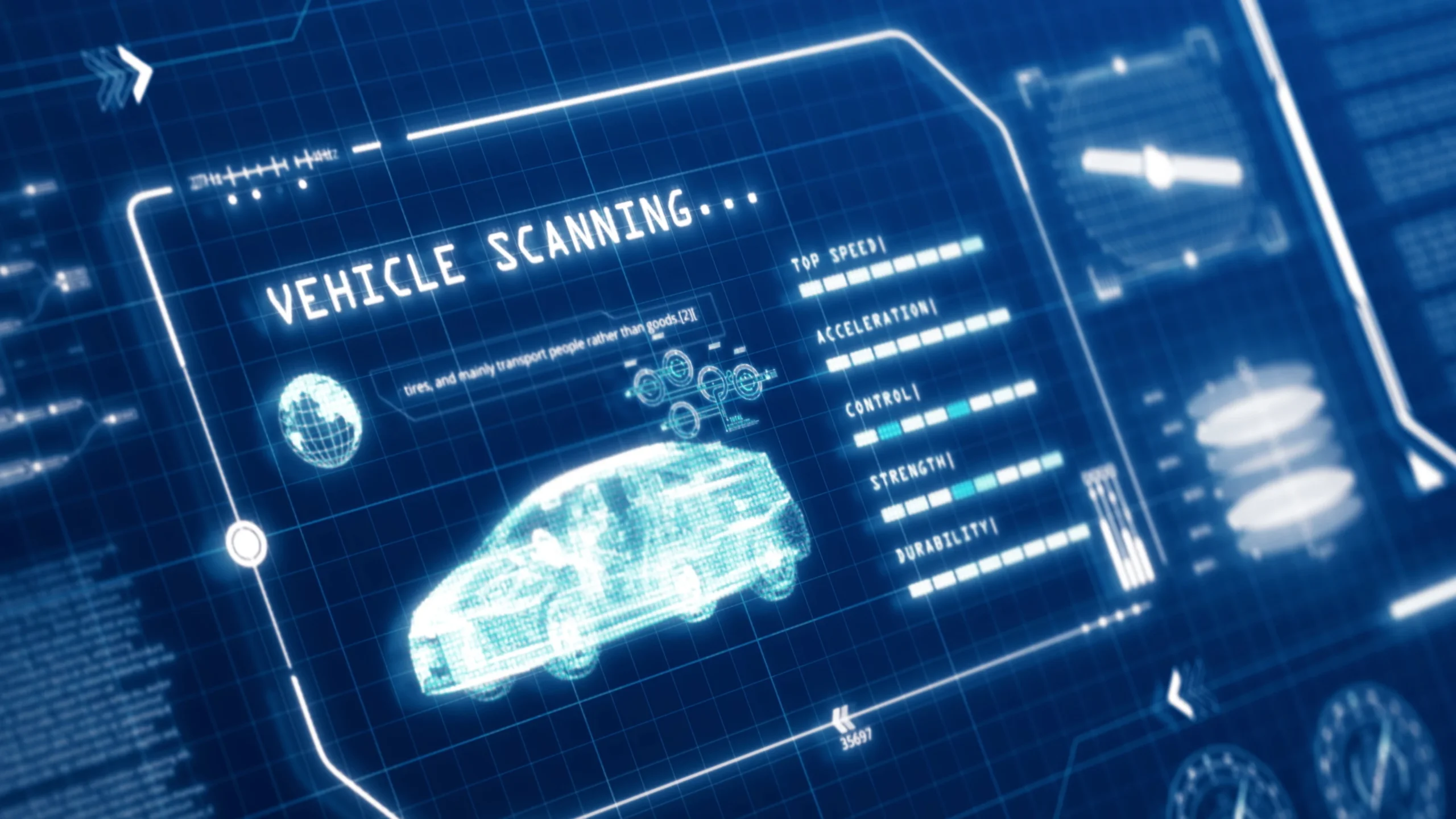
The technologies needed to achieve this future state are well in place, already proven, and already changing the way drivers interact with product information.
From a practical standpoint, integrating the owner’s information into the car’s display screen also offers benefits in terms of efficiency and sustainability. By reducing reliance on printed materials, auto manufacturers can save on cost and weight while minimizing their environmental footprint and contributing to a greener future. Additionally, digital information can be easily updated with over-the-air software updates and can also be customized to reflect the specific needs and preferences of individual drivers, ensuring that the content remains relevant and up-to-date throughout the vehicle’s lifespan.
The Next Generation of In-Vehicle Help
The benefits of In-Vehicle Help are clear but, as with all things, solutions must adapt to the technology used and the customers supported.
For our part, Tweddle Group is shifting its In-Vehicle Help strategy to move beyond having information available as a reference and focusing more on delivering content in the moment. This means “event-based” content delivery that is truly contextual.
Artificial intelligence (AI) will complement IVH technology in a critical way.
For example, if the vehicle triggers a warning light, IVH can deliver real-time recommendations and corrective actions on the spot.
Drivers will no longer need to cross-reference the symbol with their documentation—instead, the vehicle will deliver that information to them directly and proactively.
IVH, Meet AI
We’re partnering with industry leaders to help implement this strategy. It begins with working together with Google on the deployment of IVH into their Android Automotive Operating System (AAOS). Since many automotive OEMs are adopting AAOS for the in-vehicle infotainment systems, this collaboration will greatly extend the reach of In-Vehicle Help.
Artificial intelligence (AI) will complement IVH technology in a critical way. We’ve partnered with iNAGO, an industry leader in Human-Computer Interaction, leveraging AI to help give the information system a personality by providing a conversational user interface.
These improvements bode well for the future of automotive information delivery. Clearly, display screen owner’s information is poised to become the new standard. By putting essential information directly in front of drivers, manufacturers can pave the way for a more connected, informed, and meaningful driving experience.
The benefits of this revolution are not limited to the automotive world. Countless industries stand to learn from OEM success in this area. Every product with a screen comes with its own built-in information delivery method. IVH offers an ideal opportunity—one that reduces costs while increasing loyalty and improving the quality of everyday life.
